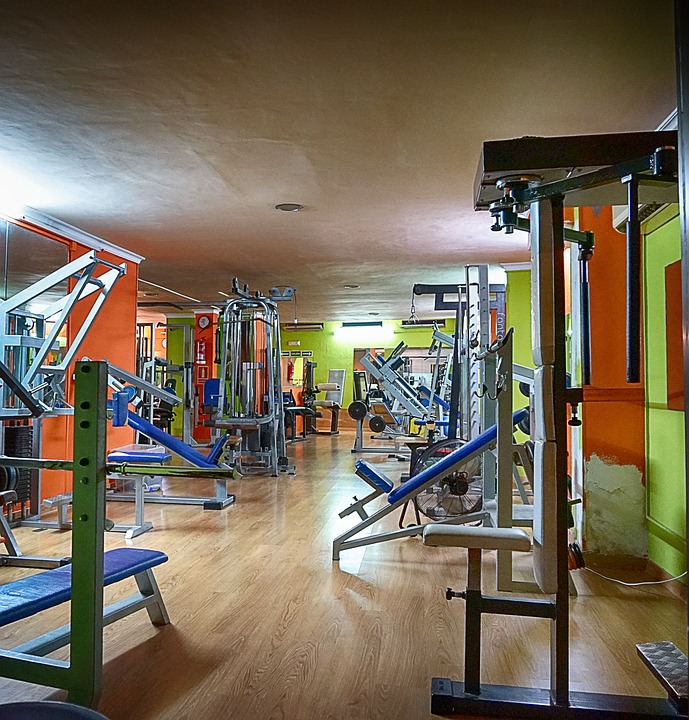Jun 14, 2018Picking up the Pace
Passion, drive, excitement, and knowledge — these are just a few of the things that coaches have an abundance of. Unfortunately, something that most coaches are lacking is the time to truly take these attributes and help their athletes become their best in the weight room. With such limited time, it takes some creativity to make sure your athletes receive the necessary training and application for their sport.
In a blog for TeamBuildr, Mike Caro, CSCS, explains some of the processes he uses to keep his program moving at a steady pace. First, is to take stock of your weight room. Where is each piece of equipment and what exercises can be done on each one? Then, create a program for your athletes that utilizes the flow of your facility. One way to do this is to break athletes into groups and have them go through timed stations of one or two exercises.
“Using a stopwatch, wall timer or a timer on a smart TV (mirrored from your computer or phone), give each group 10 minutes per station,” writes Caro, who serves as the head strength and conditioning coach at Transylvania University. “Assuming 10 minute performance prep, this will allow for 5-10 exercises/lifts per training session. This method works particularly well when developing work capacity by utilizing density sets. While keeping the weight of each exercise the same, athletes should try to increase the number of sets they do each week.”
Caro doesn’t only stagger athletes within the weight room itself, but he also does so with the nearby gymnasium. If coaches have a gym close to their weight room, some athletes can use the extra space to engage in warm-ups, do other parts of the training session, or engage in exercises while they wait for machinery. However, Caro does point out that in order for this to work well, coaches need to have a trusted assistant, intern, or captain to help keep athletes who are out of your sight in check. And that isn’t the only instance in which coaches can utilize others to save time. In fact, Caro also suggests cutting wasted time by involving your team in administrative tasks.
“For starters, utilize student assistants whenever possible,” he writes. “These assistants do not have to be interns to be useful. Weight room resets and cleaning, filing paperwork, setting up cones are only a few tasks that can all be handled by student help.”
Last, Caro recommends creating a “master program” at each station in the weight room, on a whiteboard, or in any area where it is visible to all athletes. According to Caro, this should include the entire team’s 1RMs, starting with 100% and decreasing by 10% for each column. This gives athletes some ownership of their training, as they must use their knowledge to find the percentage they should be using on the 1RM chart, instead of being told by their coach. It also saves coaches the time, energy, and money that comes with creating training programs for each individual athlete.
“Sometimes hacking the game is the best way to stay ahead,” writes Caro. “The more time you can free up from tedious, but necessary work the more time you can spend providing higher quality training for your athletes.”




